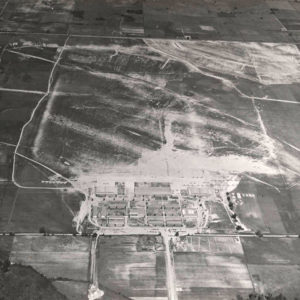 Helena Aero Tech
Helena Aero Tech
Entry Category: Locations - Starting with H
 Helena Aero Tech
Helena Aero Tech
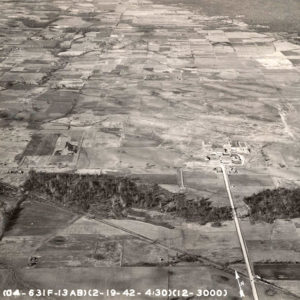 Helena Aero Tech
Helena Aero Tech
 Helena Aero Tech Buildings
Helena Aero Tech Buildings
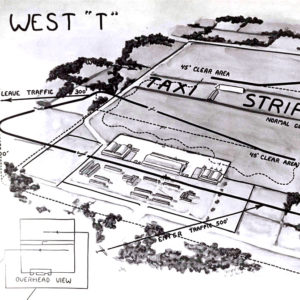 Helena Air Field
Helena Air Field
Helena Confederate Cemetery
Helena National Guard Armory
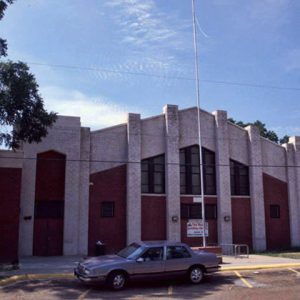 Helena National Guard Armory
Helena National Guard Armory
 Helicopter Crew
Helicopter Crew
Herman Davis State Park
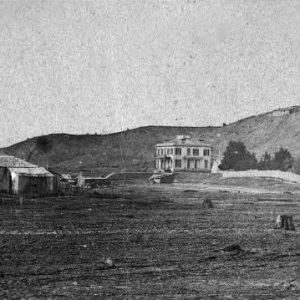 Thomas Hindman's Residence
Thomas Hindman's Residence
Hollywood Cemetery—Confederate Section
aka: Hollywood Cemetery Confederate Section
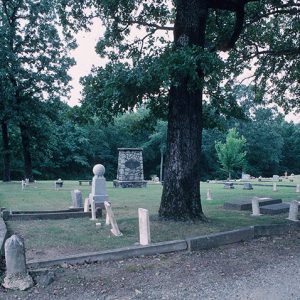 Hollywood Cemetery
Hollywood Cemetery
Hospitals (Civil War)
Hot Springs National Guard Armory
 Hustler Hut
Hustler Hut




